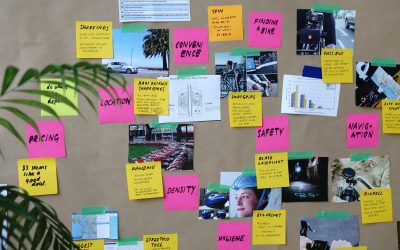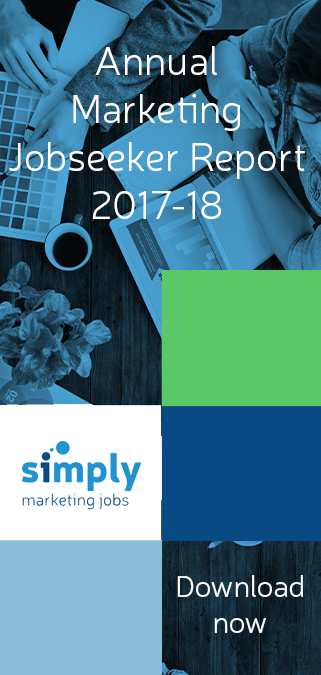Showing up to an interview polished and dressed appropriately for the role shows you have made an effort. Choosing the correct interview outfit can also give your confidence boost if you feel you are dressed correctly for the occasion. Feeling great on the outside always helps to calm the inside!
Interviews are all about showing yourself in the best possible light, and your interview outfit is part of that. But when you are interviewing for a role that is common in every company, you might wonder if you are dressed to impress. Read our tips below to find out more:
Do your homework
There are plenty of ways that you can find out about a company’s dress code – one of the simplest is to take a peek at their LinkedIn profile. Hopefully you will find (if they have an established brand online) plenty of event pictures, and potentially photos of staff on their profile. This way you can find out more about who they are as an organisation while also deciding how you should dress for the occasion. Usually finding out what industry they work in gives you an idea of how to dress too. E.g. for a law firm, it’s probably a good idea to go smart and wear a suit.
Overdress
A good rule of thumb when identifying what to wear for an interview is to dress one level above what employees at the company wear every day. For example, if they are smart casual, dust out your off suit, but maybe leave the tie?
Pay attention to detail
Contrary to the above, although your look is important, you want the interviewer to focus on you, not your attire. Avoid showing up to your interview with any rips or tears in your outfit, or ill-fitting clothing. Hopefully we don’t have to remind you to shower or brush your teeth…and combing your hair or wearing natural makeup helps create a neat and tidy vibe. You can always take your makeup or brush with you in your bag for last minute touch ups before the interview.
How to decode the dress code
Most people will ask the company directly about dress code before attending the interview, but sometimes even this can bring about ambiguity. For example, what’s business professional? Or business casual? How ‘casual’ can you attend an interview? Below, we’ve made a quick list to help you decipher what the above might mean:
Business professional: Suits tend to be the norm here. Women might choose to wear a skirt or pant suit with heels, while men might wear a blazer or suit jacket, button down shirt, suit pants a tie and dress shoes.
Business casual: Forget the suit when interviewing at a business casual company. Men might wear chinos, a shirt or polo with a belt and shoes. women might consider wearing a conservative dress, or a blouse with a skirt or pants, shoes or boots.
Casual: Careful with this one – it’s still important to look polished and professional. For men, a shirt, jeans and shoes should suffice, while for women a plain dress, collared shirt with pants or a skirt.
Shell leads FTSE 100 in digital marketing
Shell has landed the top spot in a survey of the UK’s most digitally connected corporate brands in the FTSE 100. For marketing professionals, Shell’s digital marketing strategy can be used as a benchmark for good practice in the industry, say experts. Other high-scoring brands include Kingfisher, SABMiller, Aviva, and Unilever so observing how they use the various channels for digital marketing will be helpful to marketers.
Five ways to stay motivated during your marketing job search
We all begin to feel frustrated when the search for a new job drags on. It’s worth remembering that very few people are successful with every job application they make. The trick for marketing professionals in today’s tough economic climate is to try and learn something from each failed job application, take it on the chin, and move on. Here are five tips on how to stick with it, as you search for your perfect marketing role:
Why your next marketing recruit should have creativity at their heart
It is the yin and yang of marketing. One of the raging debates in the field is that of the relative importance of the big-ideas creative versus the data analyst and technician. Which is more important? The ideas and content creator, or the...





